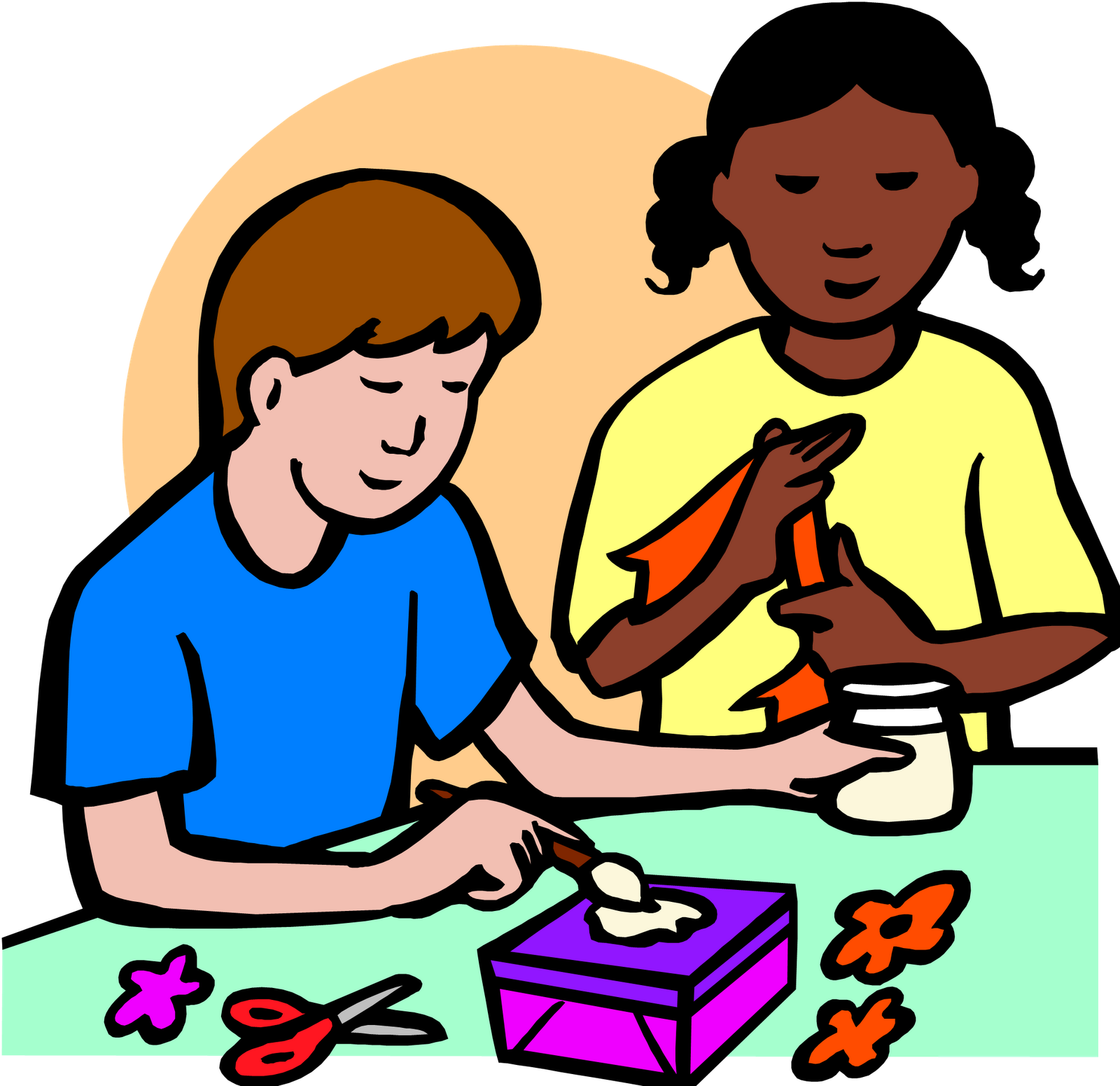CalFresh for 2 in California: How Much You Could Get and How to Qualify
How Much CalFresh You Could Get for a 2-Person Household in California
For October 1, 2024 through September 30, 2025, the maximum monthly CalFresh (SNAP) benefit for a household of two in California is $536 . This cap applies to households with little to no countable net income; most households receive less after income-based calculations are applied [1] [5] .

Source: icaliforniafoodstamps.com
Eligibility is primarily based on income. Most households must have gross monthly income at or below 200% of the federal poverty level for their household size. For a two-person household in this period, that gross income limit is $3,408 per month before allowable deductions are applied [4] [5] .
How Benefit Amounts Are Calculated
CalFresh benefits are determined by subtracting a portion of your countable income from the program’s maximum allotment for your household size. Counties start with the maximum for two people ($536 in this period) and then
subtract 30% of your net income
(net income is gross income minus allowable deductions). In effect, for every $10 of net income, your benefit is reduced by $3
[1]
.
Key deductions that may lower your net income include standard deduction, a percentage of earned income, excess shelter costs (rent and utilities over a threshold), dependent care costs, and certain medical expenses for seniors/people with disabilities. Applying deductions correctly can significantly increase your benefit and may determine eligibility for households near the gross income limit [4] .
Example Calculation for a 2-Person Household
Suppose a two-person household has combined gross income of $2,600 per month, pays $1,900 in rent, and has standard utility costs. After allowable deductions, their
net income
might drop substantially. If their final net income is $800 (illustrative), CalFresh would start from $536 and subtract 30% of $800 ($240), yielding an estimated benefit of
$296
. Your actual result depends on your verified deductions and circumstances. Use this framework to gauge your potential range, then confirm with your county during the application interview
[1]
.
Current Income Limits and Maximums for Two-Person Households
- Gross monthly income limit (most households): $3,408 for a household of two in this period.
- Maximum monthly benefit: $536 for a household of two in this period.
These figures are effective October 1, 2024 through September 30, 2025 and align with statewide county charts and guidance [4] [5] [1] .
Who Is Considered a Household of Two?
For CalFresh, a “household” generally means people who buy and prepare food together, not necessarily those related by marriage or blood. Two roommates who purchase and cook together may be a two-person household; if they buy and prepare separately, they may be separate households even if they live at the same address. This distinction can affect both eligibility and the benefit calculation. When in doubt, explain your food purchasing and preparation arrangement clearly during your application interview and provide any documentation requested by the county. County program pages emphasize that gross income limits and allowable deductions determine eligibility; your declared household composition should reflect how you actually purchase and prepare food together [4] .
How to Estimate Your CalFresh for Two
Follow these steps to build a working estimate before you apply. Use conservative assumptions and be ready to update numbers with documentation.
- Add your gross monthly income. Include wages before taxes and most other income sources. Compare your total to the $3,408 gross limit for two. If above, you may still qualify after deductions; proceed to the next steps [4] [5] .
- Identify allowable deductions. Common ones include the standard deduction, 20% earned income deduction, excess shelter costs (rent plus eligible utility allowance), dependent care, and certain medical expenses for elderly/disabled members. List each with documentation (lease, utility statements, receipts) [4] .
- Compute net income. Subtract allowable deductions from your gross income to estimate net income. Keep notes on each deduction in case the county requests verification [1] .
- Apply the 30% rule. Multiply your estimated net income by 0.30. Subtract that figure from the $536 maximum for two to approximate your monthly allotment. If the result is very low and your household is one or two people, remember that qualifying one- or two-person households should get at least $10 as a minimum benefit in this period [1] .
- Check for special circumstances. Households with minor children who meet certain federal TANF work requirements may receive a small state supplement (WINS). Ask your county during your interview whether this applies to you [1] .
Step-by-Step: How to Apply in California
You can apply online, by phone, or in person. If you prefer not to use a link, you can contact your county social services agency directly and request a CalFresh application, or visit their main office. Consider searching for your county name plus “CalFresh apply” to reach the official county page.
- Gather documents. You can prepare pay stubs, identification, Social Security numbers if available, proof of address, lease or mortgage statement, and utility bills. These help verify income and deductions that may increase your benefit amount [4] .
- Submit your application. Many counties accept applications online and by phone. If unsure of the correct portal, call your county’s main social services line and ask for CalFresh intake.
- Complete the interview. A caseworker will call or schedule a time to review your information, clarify household composition (who buys and prepares food together), and discuss deductions. Be ready to explain rent and utility costs clearly to ensure excess shelter deductions are applied correctly [4] .
- Submit verifications. Upload or bring requested documents by the deadline. Keep copies for your records.
- Get your EBT card and benefit amount. If approved, you’ll receive an Electronic Benefit Transfer (EBT) card. Your monthly amount will be based on the verified net income calculation and the $536 maximum for two in this period [5] .
Real-World Scenarios for a Two-Person Household
Scenario A: Two adults with moderate wages and high rent. Gross income is $2,900, rent is $2,200, and standard utilities apply. After the earned income deduction, standard deduction, and excess shelter deduction, net income could be reduced enough to qualify. Estimated benefit might fall in the low-to-mid hundreds, depending on the final net income figure. The key is to document rent and utilities thoroughly so the shelter deduction is fully considered [1] .
Scenario B: One adult working part-time, one seeking work. Gross income is $1,750, rent $1,600, utilities standard. With deductions, net income could be modest, leading to a higher benefit-potentially approaching several hundred dollars, though not exceeding the $536 cap for two. Accurate verification of fluctuating income will help the county calculate a fair average [5] .
Scenario C: Near the gross limit but high child care costs. If your gross income is close to $3,408 yet you pay significant dependent care costs to work, those costs may reduce net income substantially, increasing your potential benefit. Keep receipts and be ready to explain care schedules and payments during the interview [4] .
Common Pitfalls and How to Avoid Them
Underreporting utilities. Utilities factor into the shelter deduction. If you pay for heating, cooling, or other eligible utilities, tell your caseworker and provide bills to ensure the correct utility allowance is applied [4] .
Confusing household composition. If you live with others but buy and prepare food separately, you may be separate households. Clarify this during the interview to avoid being treated as a larger household that might have a different income limit and maximum benefit. Be consistent and truthful about food purchasing and preparation [4] .
Skipping deductions. Some applicants forget medical expenses (for elderly/disabled) or dependent care costs. These can be pivotal in lowering net income and raising the final allotment. Gather receipts and summaries ahead of time [1] .
When to Recalculate or Report Changes
If your household income changes, rent increases, or a member leaves/joins the household, your benefit may change. Report changes to your county within the required timeframe on your approval notice. If your shelter costs rise or your hours drop, you could qualify for a higher benefit, up to the $536 maximum for two during this period [5] .
Key Takeaways for a Two-Person Household
- Maximum monthly benefit: $536 for two (Oct 2024-Sep 2025).
- Most households must meet the $3,408 gross monthly income limit for two, before deductions.
- Your net income after deductions drives the final benefit: CalFresh subtracts 30% of net income from the maximum.
- One- and two-person qualifying households are guaranteed at least $10 per month in this period.
These figures and rules are documented in statewide county references and practitioner guides cited below [1] [4] [5] .

Source: icaliforniafoodstamps.com
References
[1] CalFresh Guide (2024). Monthly allotment rules, 30% of net income, and maximums.
[4] County of San Diego HHSA (2024). Income limits, deductions, and eligibility overview.
[5] County of Santa Clara (2024). CalFresh monthly allotment and income eligibility charts.



